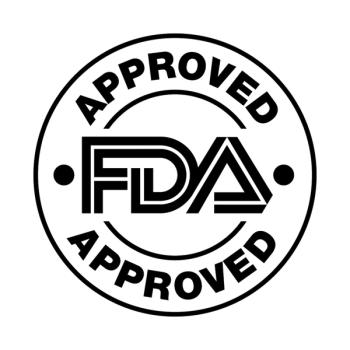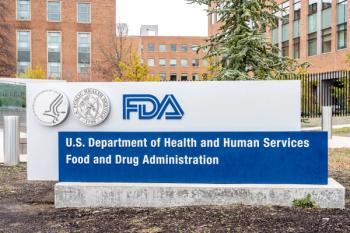
Improving Care Transitions for Cardiovascular Patients: Key Insights for Doctors
Leandro Boer, MD, PhD, VP, US general medicines, Amgen, explains why seamless communication and treatment continuity across primary care, cardiology, and rehabilitation are critical to improving outcomes and preventing care gaps for cardiovascular patients.
In an interview with Pharmaceutical Executive, Leandro Boer, MD, PhD, VP, US general medicines, Amgen, discussed the striking findings of the US arm of the VESALIUS-REAL study, presented at the recent American College of Cardiology (ACC) meeting. The observational study, which analyzed data from over 278,000 high-risk patients between 2016 and 2022, uncovered major deficiencies in lipid management following cardiovascular events such as heart attacks and strokes. The conversation shed light on why these care gaps persist, particularly among patients over 50, and highlighted the urgent need to rethink prevention strategies, streamline treatment guidelines, and increase accountability across care transitions.
Pharmaceutical Executive: What are the implications of these findings for cardiologists and primary care physicians managing patients who haven’t yet had a cardiovascular event?
Leandro Boer: The key implication is the growing need for accountability during transitions of care. These patients aren’t managed by just one specialty. Typically, they start with their primary care physician. If they experience a cardiovascular event, they may transition to a cardiologist and then to cardiac rehab. After rehab, they return to primary care.
What we need to focus on is increasing accountability across these transitions to ensure patients receive the best possible treatment. Cardiologists should ensure that when patients transition back to primary care, the ongoing treatment is properly maintained, with clear education and documentation explaining why certain medications or therapies need to continue.
Ultimately, care needs to revolve around the patient, making sure there are no gaps where patients might miss out on proper treatment or follow-up. This collaboration between specialties is critical to delivering optimal care.
Full Interview Summary: The VESALIUS-REAL study revealed alarming gaps in LDL-C testing and treatment among high-risk U.S. patients. Notably, 70% of patients who experienced a myocardial infarction (MI) or stroke did not begin lipid-lowering therapy afterward, and 88% failed to intensify treatment within a year. Even more concerning, 50% of these patients never had a follow-up LDL-C test, and of those tested, 82% did not achieve guideline-recommended goals. Despite the availability of proven therapies like statins, ezetimibe, and PCSK9 inhibitors, usage remains low—with only 9.8% of patients on high-intensity statins—suggesting the United States remains stuck in outdated treatment patterns.
For patients over 50 without a prior cardiovascular event, several factors contribute to under-treatment. These include being in the "pre-Medicare gap" with limited insurance, poor risk perception of cardiovascular disease compared to cancer, over-reliance on lifestyle interventions, limited time with primary care providers (PCPs), and overly complex treatment guidelines. Together, these barriers prevent effective prevention and intervention.
Findings from VESALIUS-REAL may shape future guidelines by emphasizing treatment urgency, simplifying decision-making, and streamlining guidelines—particularly for primary care. Collaborative efforts, such as Amgen’s LDL-C Action Summit and partnerships with the National Lipid Association, aim to raise awareness, improve communication, and promote treatment adherence.
Amgen is pursuing a bold ambition to cut the number of heart attacks and strokes in the US in half by 2030. The company is advancing this goal through initiatives such as free LDL-C testing in collaboration with CVS MinuteClinics, community partnerships with organizations like the Association of Black Cardiologists and the Family Heart Foundation, and the LATTICE Consortium—focused on implementation science to reduce the time from discovery to practice. These collective efforts aim to close existing care gaps and ensure more patients achieve life-saving LDL-C targets.
Newsletter
Lead with insight with the Pharmaceutical Executive newsletter, featuring strategic analysis, leadership trends, and market intelligence for biopharma decision-makers.





